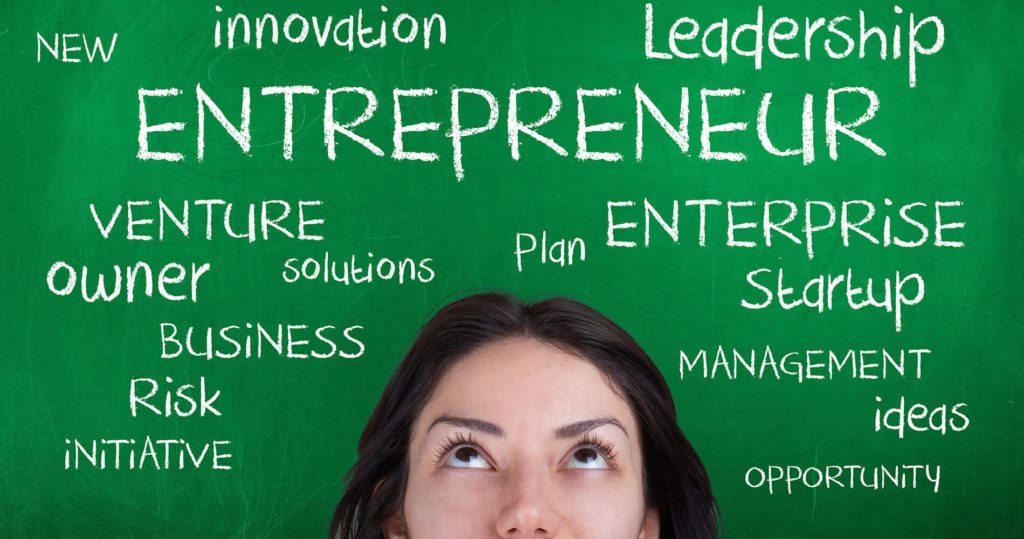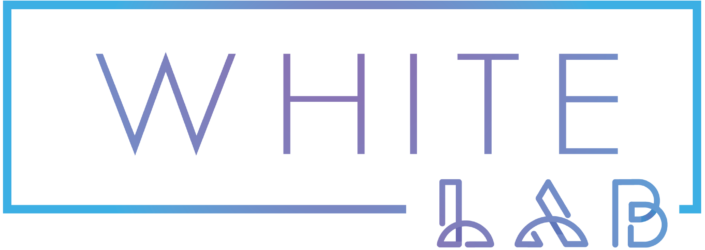What if Medical Affairs, Commercial Excellence, and Marketing departments disappear to merge into a single, cohesive team within the same department focused on one type of HCPs? Instead of having two or three separate departments all pursuing the same goal of communicating with HCPs, why not have managers who are “HCPs”-focused, rather than “brand” or “medical affairs” managers?
Yesterday, I had the pleasure of participating in the Mighty Medical webinar, which left me with some thoughts I’d like to share with you 🌟.
It’s evident that understanding HCPs’ behavior and insights is taking center stage as the top strategic priority for pharmaceutical companies in 2024.
🤝 The significance of breaking down silos between medical and commercial functions is becoming increasingly clear.
==> But can we truly achieve customer-centricity with the current organizational structure of pharma companies?
Is it too audacious to consider building our internal organization in a way that aligns with our external impact? Divised by HCPs personas rather than brands or support department?
Breaking down silos!
😅 Breaking downs silos is challenging.
But it’s super important to understand that when the commercial and medical teams work together, it’s not just a strategy; it’s the key to Pharma success because they operate in the same environment.
🗣 The commercial field teams are on the front lines, interfacing directly with healthcare professionals (HCPs). They possess invaluable insights into what HCPs truly need, the topics that matter, and the added value they seek. By fostering a culture of open information sharing between commercial and medical teams, we empower our pharmaceutical company with the precise knowledge needed to craft a seamless customer experience.
💡 One of the methodology I personnally implement is gathering those departments so they start effectively collaborating through workshops at the beginning then during structured session in a weekly or monthly basis. We put in place the same vision and a same orchestrated plan for their brands and continue to work on this, step by step.
Other ways of working closely are existing!
Silent meetings
🤐 Silent Meetings: Have You Heard About Them? 🚀
Craig A. DeLarge, MPH, MBA, CPC introduced me to Silent Meetings, an innovative meeting format reshaping the way teams collaborate and make decisions.
Here’s the lowdown on what makes them tick:
📜 Silent Meetings kick off with a “Table Read,” a shared document that sets the stage for discussion. It’s like the ultimate pre-read, but everyone reads it during the meeting.
🧘♂️ Attendees read the Table Read in silence, leaving comments and questions in the document. This phase encourages deep thinking and thoughtful contributions.
👥 A skilled facilitator guides the discussion, synthesizing comments and leading the group to focus on key topics.
When to use it:
🔍 In complex decision-making scenarios.
👥 In small team settings or large gatherings.
📝 In meetings necessitating creation and engagement, more than just information dissemination.
When not to use it:
❤️ When building group rapport or addressing emotional topics.
📣 In situations that require inspiration through storytelling.
💡 For brainstorming sessions that involve a high level of creativity.
I often incorporate Silent Meetings into workshops to engage groups of people when we need to deeply focus on a document or a scenario, read it, adapt it, or comment on it.
Incorporating Silent Meetings into brainstorming sessions can lead to better decision-making, increased participation, and more efficient use of everyone’s time.
It’s like transforming those noisy, time-consuming meetings into productive forums for creation!
Do you use them? In what situations?

Entrepreneurship
Recently, I’ve had the chance to connect and chat with many people who, like me, left their comfy executive jobs in big companies to start their own businesses.
We talked a lot about why we didn’t fit into the big corporate world anymore and the good and bad things we’ve experienced.
I really believe in sharing, and if this post can help someone make the right choice, I’ll be very happy!
For those who are thinking about taking this big step: it’s important to know that choosing to leave a steady job and jump into the world of entrepreneurship is a decision filled with exciting opportunities and clear challenges. 💼🔜💡
🌟 Facing the Unknown 🌟
It requires a strong belief in your vision. The path ahead can be uncertain, but it’s this uncertainty that drives our determination to create something meaningful.
💼 From a Structured Job to Being Your Own Boss 💼
It’s a big change. Suddenly, you’re not just an employee; you’re the one who makes all the decisions, does the marketing, and runs the show. Shifting from following established rules to creating your own path means you need to be adaptable and eager to keep learning.
📉 Dealing with Ups and Downs 📉
Being an entrepreneur is like a rollercoaster ride with good days and bad days. Some days, you’re on top of the world with a great idea; other days, you’re dealing with doubts. Staying passionate and not giving up when things get tough is a true test of how much you believe in your vision.
💡 Doing Many Different Things 💡
You have to be versatile. You’re not just doing one job; you’re doing many at once. While this gives you control and a hands-on approach, it can also be tiring.
📆 Managing Your Time 📆
There’s no fixed schedule. So finding the right balance between work and personal life can be hard. Understanding that you might need to work longer hours at the beginning is part of the process.
💪 Staying Strong and Persistent 💪
You’ll face setbacks and obstacles. Grit and perseverance are your best words. Being able to learn from your mistakes and keep moving forward is a sign of a successful entrepreneur.
🌈 The Rewards Are Worth the Challenges 🌈
The pride of building something from scratch, the freedom to follow your own vision, and the chance to make a real impact in your chosen field are amazing experiences that make the journey worthwhile.
If you’re thinking about taking this step, remember that every challenge is a chance to learn, grow, and push your limits. The journey won’t be easy, but the destination is yours to shape. 🌎🔗

Customer Centricity
🚀”Patients are more than the pill they take, and doctors are more than the prescription they make.” This quote is the concept I remember from a podcast featuring some remarkable individuals. Mehrnaz Campbell Amish Patel Chris Wade Gaurav Sanganee Dan Buckland
The podcast gets its energy from this idea. It’s a reminder that in healthcare, we’re dealing with real people, and how we talk to patients and healthcare professionals should remember that. 🌟
One big part of making this change is being relevant. To connect with doctors and patients, we need to share content that matters to them when they need it. Trust comes from understanding and relevance.
To do this, pharmaceutical companies need to work on a few things:
🌐 Embrace Technology: Technology is the way of the future, but we still need people. Teach your teams to use all the different ways to talk to HCPs, and give them a roadmap to learn how to use these new tools.
Digital Vs Human: It’s not an “either-or” situation. You need both. Digital tools and human interaction should work hand in hand to guide the HCPs through their journey. Align internal knowledge and external customer needs to ensure a seamless experience.
This leads you to Happy HCPs: When what you do inside your company matches what HCPs expect, they’ll be satisfied, and they’ll trust your brand.
To be more focused on HCPs and Patients in the pharmaceutical world, you need to be relevant, use technology, and remember the human side of things.
A real life story: How Roche uses Voice of the customer to learn from HCPs & patients opinions
1- Define Outcomes
Clearly outline business goals for VOC programs.
2- integration
Weave VOC into your overall business strategy.
3- Active listening effective actions
Listen actively and act strategically for success.
4- Metrics foundations
Set up a comprehensive metrics framework before diving into data.
5- Unified approach
Maintain a consistent approach across the organization.
6- Craft thoughtful questions
Seek feedback with well-crafted questions.
7- Time for accumulation
Allow data to accumulate meaningfully; avoid hasty interpretations.
8- Embrace diverse perspectives
Prioritize customer views even when they different.
9- Boost team morale
Focus on customer happiness for motivated teams.
10- Anecdotal Goldmine
Extract value from open-ended questions and anecdotal feedback.
Upskilling your team with the necessary skills in the Omnichannel age to deliver a superior CX
Surprisingly, a substantial 55% of Healthcare Professionals (HCPs) in the USA, EU, and UK aren’t exactly thrilled with the current digital efforts of biopharmaceutical companies.
A recent webinar by Across Health, showed that a significant obstacle in achieving a seamless customer experience lies within the internal capabilities of these companies.
The stumbling block? A considerable number of them struggle with embracing change.
To succeed in the era of omnichannel engagement, it boils down to a fundamental shift in mindset.
Is there a recipe for success? Not really, it depends of each company, but starting here may help :
1-Lay Out a Clear Vision: Start by meticulously crafting a vision and establishing precise objectives.
2-Embrace Change: Develop the ability to pivot in the face of ever-evolving digital landscapes.
3-Take Concrete First Steps: Commence your omnichannel journey with meticulously defined, actionable initiatives.
A top-notch method for cultivating an innovative culture throughout various departments in the pharmaceutical industry involves effective internal communication and motivational workshops – areas I love to implement!

